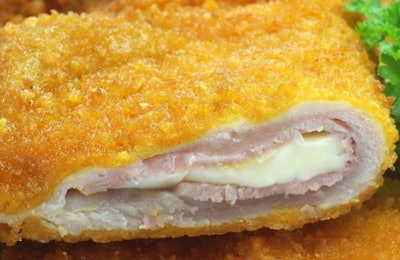
After reading the menu in your eye retina reader, the waiter hologram comes to fill out the order slip in the restaurant. As if it were the most natural thing in the world, you kindly request a 3D-printed cordon bleu chicken breast, with a salad produced indoors in an industrial warehouse in the neighborhood next to you.
It may look like a futuristic movie scene (I made up the retina reader), but the truth is that the other products do exist. José Luis Cabañero, founder and CEO of Eatable Adventures, a global food innovation hub in Spain, recently declared that foodtech and agritech need to be more visible in Spain for the investment funds or for the entrepreneur public and private helps.
Cabañero also said that cellular cultivation is very promising because the advantages it has in producing personalized and functional products. I have actually written about these developments in Spain in other blogs and articles.
Together with this are also the vegetable protein products, which are attracting a lot of attention and money. He also highlighted the fermentation techniques for food reutilization. This means using food residues or surplus to produce protein for human consumption.
Food startups are receiving attention in various forums. According to Cabañero, these are the Spanish startups to be aware of: Novameat, Foods for Tomorrow, Cubiq Foods, Biome Makers and Ekonoke. I have written about some of them, but I didn't know about Novameat, which bioprints foods in 3D, especially pea protein-based filets. Check out the video. It really looks like meat.
I was wondering how personalized this could be in the future, to order whatever it appeals to you in a restaurant. If Novameat is looking for experts in extrusion in 3D printing and texturized proteins, experts in meat-like and nutritional properties, tissue engineers and business managers, I am pretty sure they will achieve it.
So, the menu is there: protein from insects, protein from residues, protein from peas and other vegetable sources, cultivated protein… What else will it be used to resemble and or substitute meat? Is this an opportunity? Hybrid products? Hey, poultry and meat industry! This is happening!
What do you think?


















